Renault Espace 2023 No longer a minivan, but a 7-seater SUV
Over five generations and almost four decades, the Renault Espace has managed to become one of the most famous and recognizable minivan cars in Europe. The French brand has now presented the sixth generation of the Espace, a car that is familiar not because of its resemblance to the previous Espace, but to another existing one. A new Espace that abandons the traditional minivan format (which the previous generation already started) and becomes more SUV than ever.
Let’s be clear: the new Espace is a Renault Austral that has grown in size to have more interior space and offer the possibility of having seven seats. To deny it would be to fool yourself; It is enough to look at one model and the other to realize that, making an analogy with the Grand Espace or the Grand Scénic, we are facing a kind of “Grand Austral”.
Renault’s move makes a lot of sense; On the one hand, it maintains the Espace brand, highly recognized throughout Europe. On the other, it puts an SUV body on the market, which is the one that customers demand the most. It specifically attacks the D-SUV segment, where Renault ceased to have a presence when it stopped selling the Koleos. And, in addition, you save the cost of developing a completely new car from scratch (or almost zero).
The new Renault Espace measures 4.72 meters in length. They are 14 centimeters less than the previous generation of Espace, but 21 centimeters more than the Austral. Concerning the latter, with whom it shares a platform, the wheelbase grows 7.1 centimeters, which increases the space for the passengers’ legs.
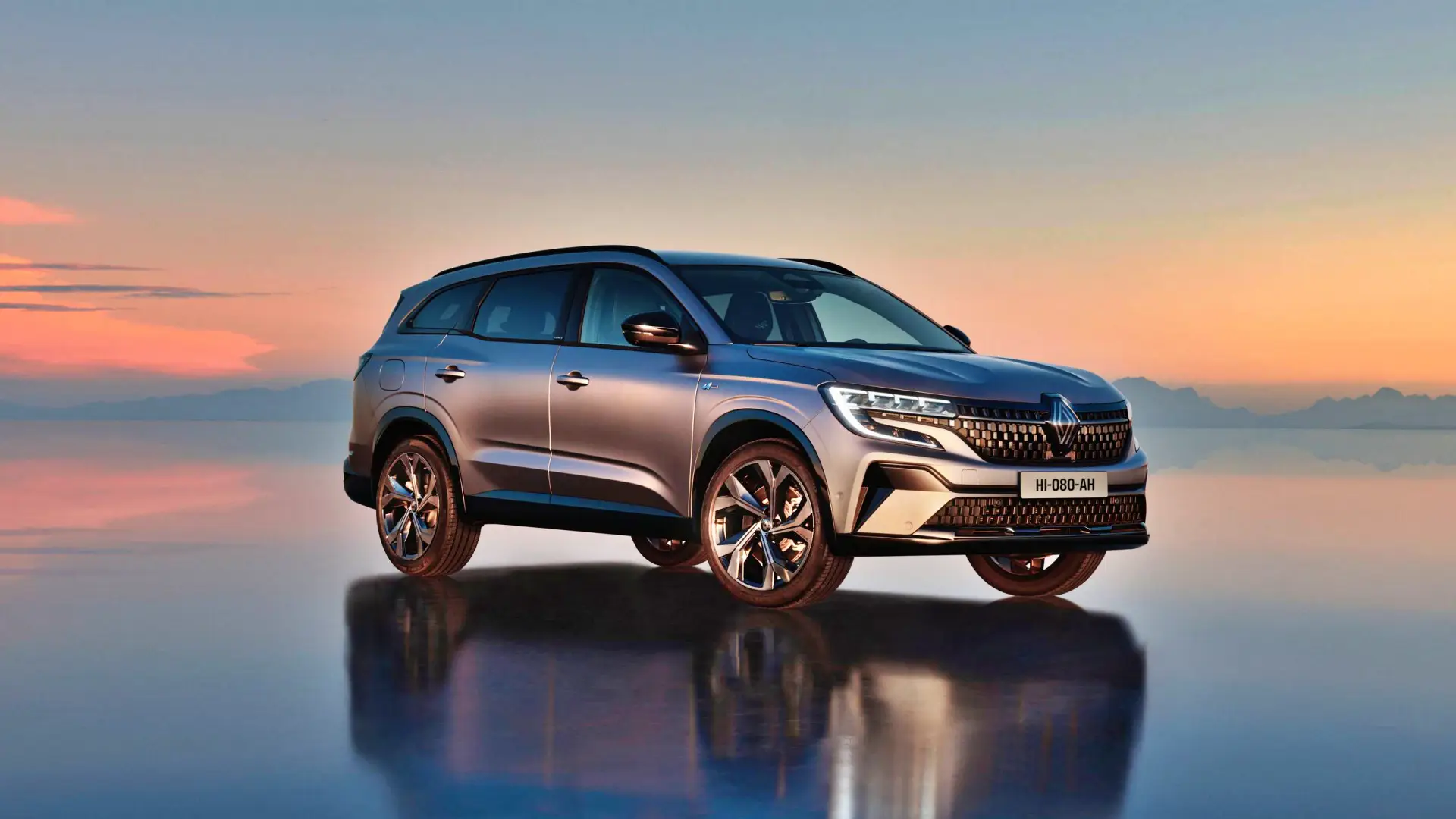
In the second row, passengers have up to 321mm of knee room. It is important to note “up to” since the bench is 260 mm sliding so that we can choose between having more space in the second or third row.
There is also the possibility of reclining the backrest of the second row up to 31°, which allows the back of the passengers to recline more (you can go quite while lying down) or facilitate access to the last row of seats. Even so, access to the last row is not entirely comfortable due to the “step” that makes the wheel arch, which reduces the space in the access.
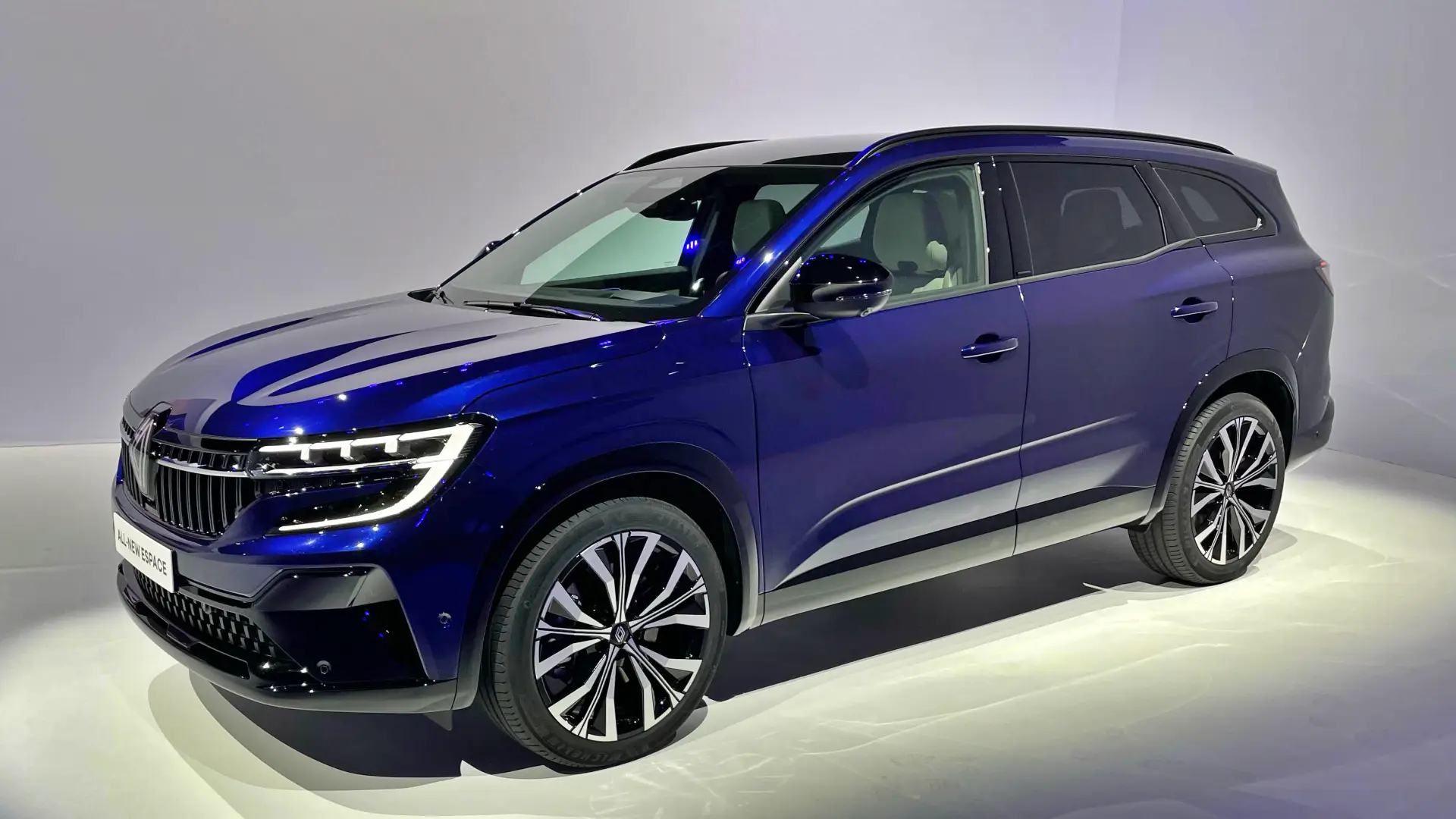
Both third-row passengers have up to 128mm of knee room. Again, it is important to emphasize the “up”, because those 128 mm are achieved if the second-row seats are advanced as far as possible. In practice, the third-row seats are for small adults or children. For example, if I sit in the second row with enough knee room to be comfortable (yourself is 6’2″), the third row can only be used by small children.
Now let’s talk about space for luggage and other items. The boot capacity ranges from 159 liters (7-seat configuration) to 1,818 liters (5 seats with the second-row seats folded down). In a 5-seat configuration and the bench moved forward as far as possible, the trunk holds 777 liters.
There are also multiple holes throughout the interior with a total capacity of 39 liters. At the front, there are 20 liters, divided into the main glove box (6 liters), two compartments in the doors (4 liters each), a hole under the sliding handrest (2 liters), and another hole under the armrest (3.6 liters). To this must be added the rear door pockets, the pockets behind the seats, and the cup holders in the rear center armrest.
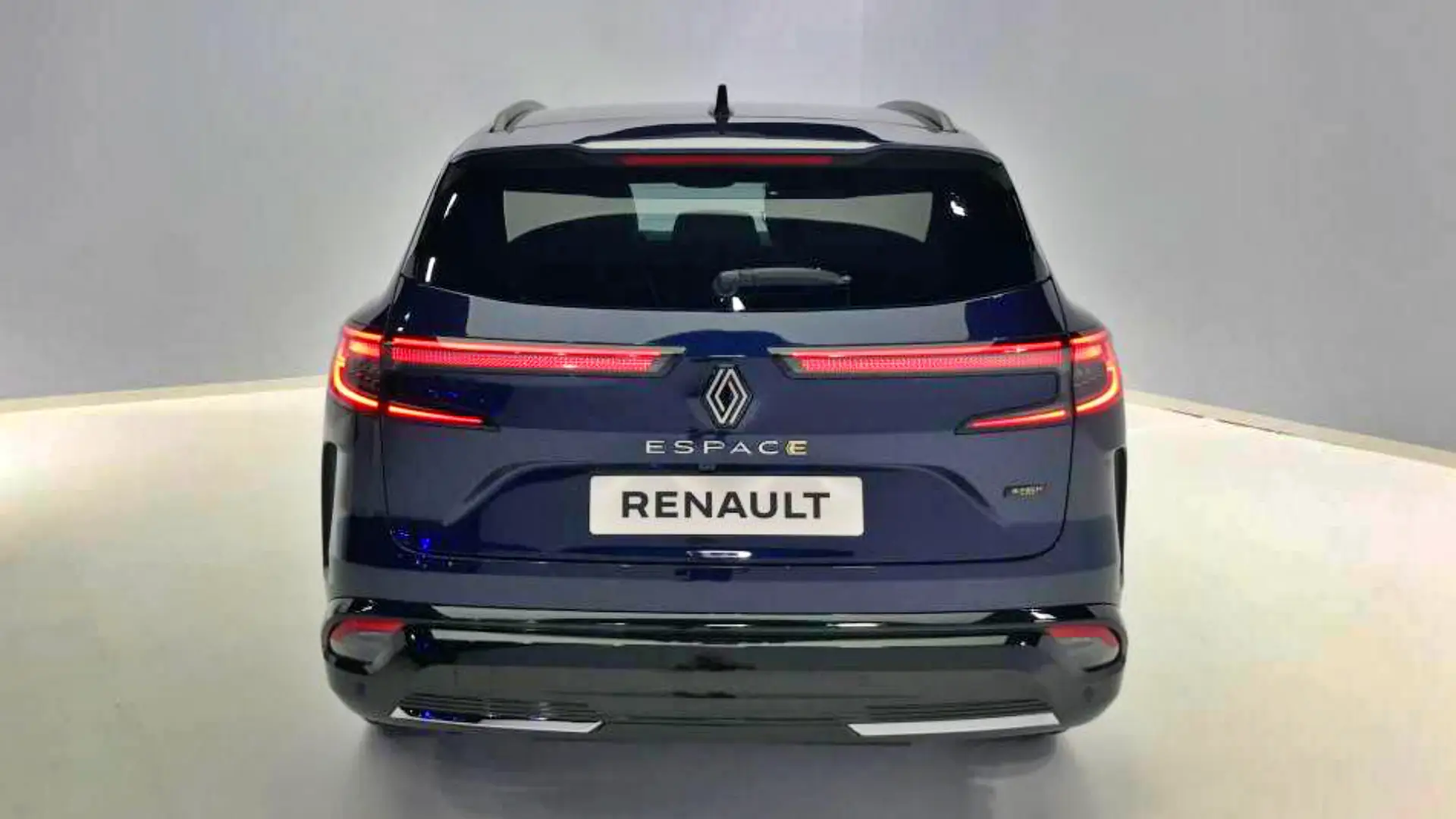
The same thing can be said about the front seats and the OpenR link infotainment system that we said in its day about the Austral since both are identical in design, materials, ergonomics, and even holes to leave objects.
The Renault Espace is built on the CMF-CD platform, shared with Renault Austral and the new Nissan X-Trail. Using this platform has allowed the new Espace to be 32mm lower than the previous Espace and 215kg lighter than its predecessor. Weight reduction, together with better aerodynamics, has a positive impact on fuel economy all other things being equal.

The new Renault Espace will only be available with the 200 horsepower E-Tech hybrid engine (Renault calls it that although it has 199 horsepower). You can choose between three trim levels: techno, techno esprit Alpine and iconic.
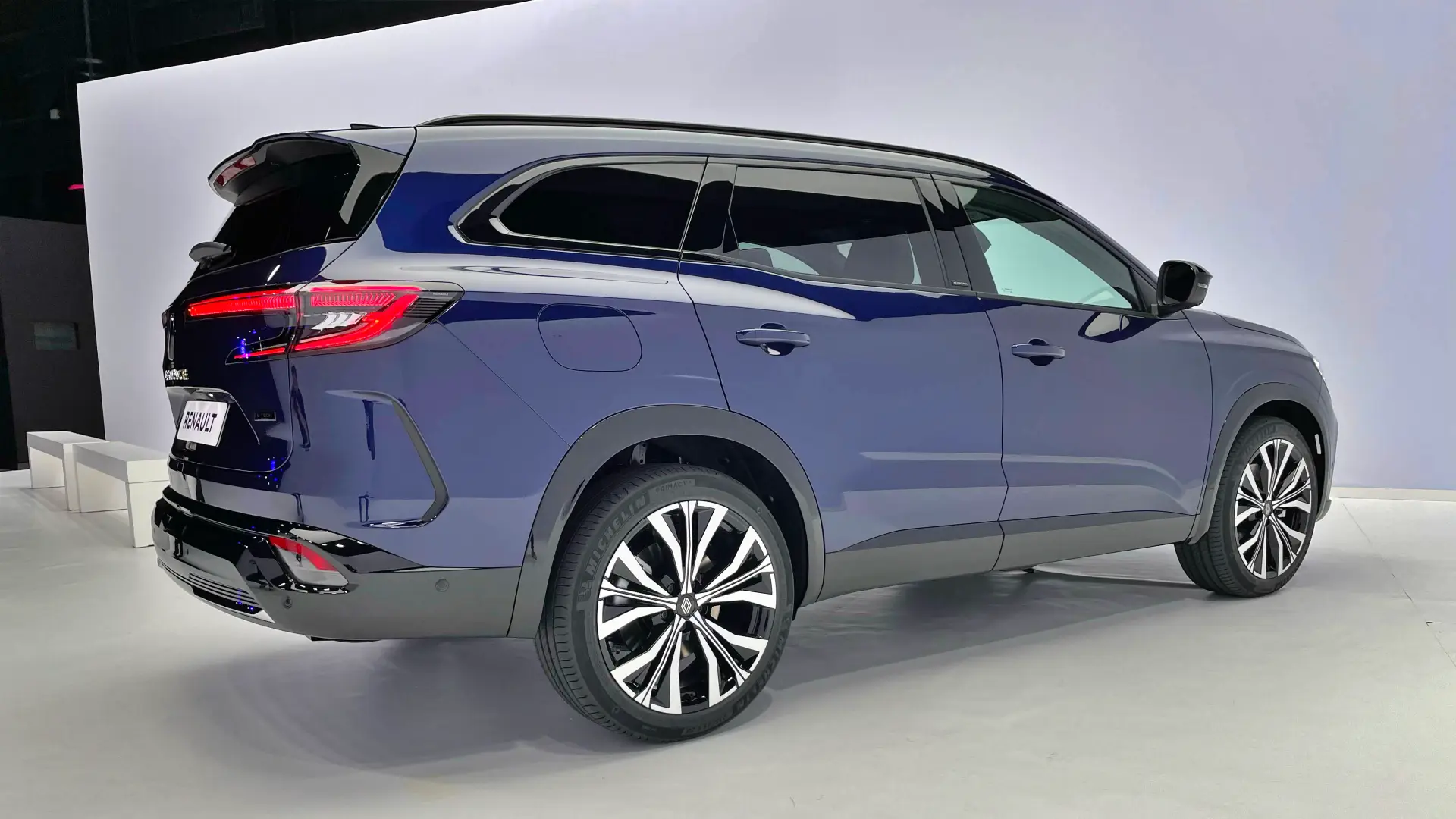
The hybrid motorization chosen for this model is the most powerful among the non-plug-in hybrid E-Tech. We are facing a set with 199 hp (146 kW) of total combined power. It consists of a 1.2 turbo gasoline engine with 131 CV (96 kW), a small electric motor in charge of starting the gasoline engine and synchronizing the speed of rotation of the engine and the wheels (remember that the transmission does not have synchronizers) and an electric motor of greater power (68 CV) that can move the vehicle when it operates in fully electric mode.
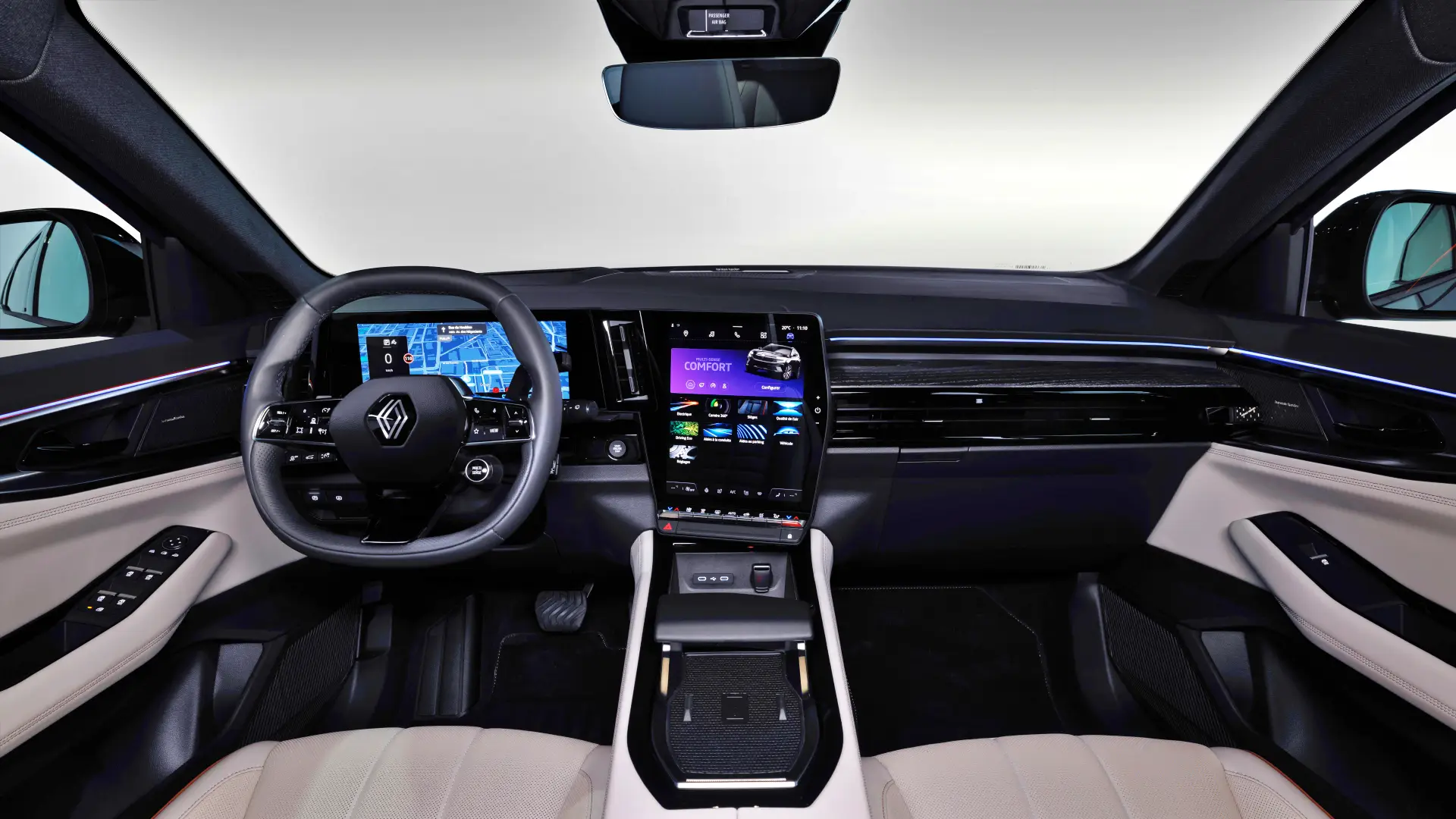
This model is somewhat larger and heavier than the equivalent Austral, but even so, the efficiency of its hybrid motorization allows it to approve a combined consumption of only 4.7 l/100 km and CO2 emissions between 104-111 g/km, depending on the equipment. As it is hybrid motorization, it has an Eco label from the DGT and, as it is below 120 g/km of CO2, in Spain it is exempt from paying the Registration Tax.
The post Renault Espace 2023 No longer a minivan, but a 7-seater SUV appeared first on Latest Car News.
Latest Car News
Comments
Post a Comment